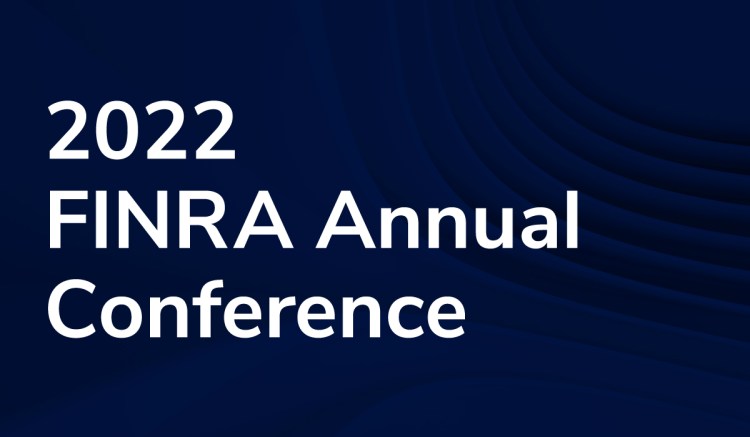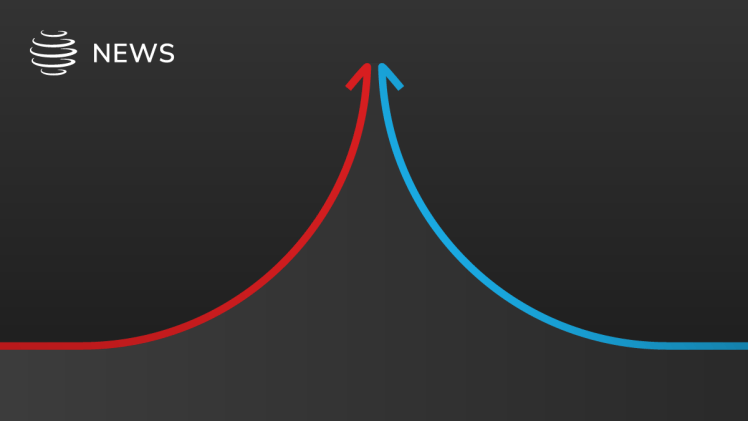Social media platforms now feel like an integral part of our daily lives – but that wasn’t always the case. This year marks the twentieth anniversary of Facebook, with X (Twitter) following in 2006. LinkedIn has been available for over two decades – though all of these platforms have changed dramatically since their inception, not least in terms of user numbers.
According to digital consultancy Kepios’ January 2023 data report, 59.4% of the worldwide population are regular social networking platform users – around 4.76 billion people. That number is growing at a rate of 3% per year. Social platforms are now an integral part of how we connect and communicate – and how we do business.
Leveraging new technologies in the workplace – especially ones we are familiar with in our personal lives – often happens without due consideration or analysis of potential compliance risks. This is especially true of technologies that were not created with the intense regulatory requirements of financial services industries in mind.
Reverse engineering
Social media platforms were not designed to satisfy the compliance requirements of financial regulators – they don’t have built-in compliance functionality as part of their digital DNA. As such, they may only be able to provide a snapshot of user data, which can include messages, recipients, and posts, rather than a comprehensive end-to-end audit trail of user activity. This means that records and datasets can be incomplete, which is further problematized by users being able to delete content before it can be captured and archived – or by the platform themselves deleting older content as they continually update their systems.
But social media platforms now see widespread use by businesses of all kinds. Over 58 million businesses are listed on LinkedIn, with 2.7 million of them posting daily, and over 200 million businesses use Meta-based apps to connect with customers. If organizations want to stay part of the conversation, to connect with customers, prospects, potential hires, and peers – social media connectivity needs to be embraced – but done so from a compliance-first standpoint.
Changing channels
What has further blurred the lines around communications compliance is the increasing overlap between personal and professional communications channels. WhatsApp is a prime example – its near ubiquitous scale and ease of use means many of us use it as a primary communications channel in our day-to-day lives, which also means we are likely to use it as a means to contact colleagues and clients about business matters using our personal accounts and devices.
The compliance challenges WhatsApp has posed to organizations are well documented, with high-profile regulatory enforcement actions over the last few years serving to underscore the severity of off-channel communications and the need for clear delineation between the personal and professional.
Previously, social media channels clearly sat on the ‘personal’ side of this line, designed for community outreach and connection. Pure business-to-business, enterprise-level communication took place through platforms such as Bloomberg, Refinitiv, and IceChat. Compliance, legal, and tech teams approved these channels for use and controlled and captured messages sent using them.
But as easy-to-use channels continue to gain traction in the business communications sphere, seeing wider adoption thanks to employees wanting to ‘meet’ clients and customers on their preferred communications channels for ease and consistency, organizations face a challenge. Banning channels like WhatsApp might seem like a means to avoid illicit communications taking place altogether, but only 2.6% of survey respondents believe channel bans are an effective compliance solution. The key to compliant communications isn’t disconnecting channels – but connecting them.
Making connections
To minimize the chances of business communication being non-compliant, you have to meet people where they are communicating. This means having the ability to directly capture any communications from any channel and funnel them into an environment where that data can be stored, monitored, enriched, and retrieved.
Enter, data Connectors.
Connectors act as the ‘digital plumbing’ that capture the communications content sent via multiple channels (including messages, attachments, images, file edits, social media comments, voice, and video messages). This data can then be stored in a secure, centralized archive, so it’s searchable and available as and when there’s a requirement to review it – such as when the regulators might come calling.
Regulatory expectations around what data is held, and for how long, might vary depending on geography and industry, but those expectations are increasing – and regulators expect that firms capture and hold all communications data across all platforms. With new regulations like the SEC Marketing Rule coming into force, firms need to make sure that their compliant communications capture posture is comprehensive.
This requires working internally with employees to understand what communications platforms are in use (whether they’re pre-approved or not) across the business, and implementing Connectors to capture and archive messages from those channels. More established legacy channels, such as X or Microsoft Teams, are accessed via an Application Programing Interface (API), some of which are now incurring fees – a ‘cost of doing compliance’ that teams should be aware of. Conversely, new and emerging platforms may not have an API at all, and will rely on the data Connectors provider forming good relationships with the communications platform providers to implement solutions seamlessly.
As communication platforms continue to change and evolve – and business communications along with them – new features and capabilities will be added, and entirely new channels will come to the fore. Compliance teams will need to be light on their feet in keeping track of these changes, and in looping in Connectors providers to flag what new channels and capabilities they need to capture compliantly to prevent data and message loss. Because, when it comes to Connectors and communications compliance, it needs to be an ongoing and open conversation between partners.
The evolving Connectors ecosystem – Sunny Chind, Group Product Manager, Global Relay
“One of the major challenges that our partners face isn’t just not “losing” message data, but interpreting granular and complex data from service-side providers. What we have to investigate is how to bring the best out of the data so it provides extra value to our partners. There is a lot of information which is ingested. Our Connectors provide an efficient conduit to further finesse the data which is gained from the service provider, and then sent to the archive with consistent formatting, so that it can be subsequently parsed, indexed, and analyzed in order to provide a collective overview of the archive data – an overview that is invaluable for when regulators come calling.”
“Our approach to enriching that data is to ensure we provide pertinent information that is meaningful through business logic, removing redundant information, structuring the data, and breaking down the data into ‘conversation-sized’ pieces that can be turned into an email for archiving purposes.”
“We prioritize enriched data so it can drive efficiency for compliance officers, whether that’s in their searches, via surveillance and monitoring to identify (and mitigate) anomalies, or to more easily manage that data in their archive. This can include highlighting the edits on what has changed, grouping related events into a single email record, enriching for analytical reports within the archive, and ensuring consistent formatting across Connectors so that horizontal searches and monitoring can be seamlessly observed across multiple datatypes – thereby ensuring a better user experience and more effective compliance”.
An earlier version of this article was previously published on Grip On 10 April, 2023.




